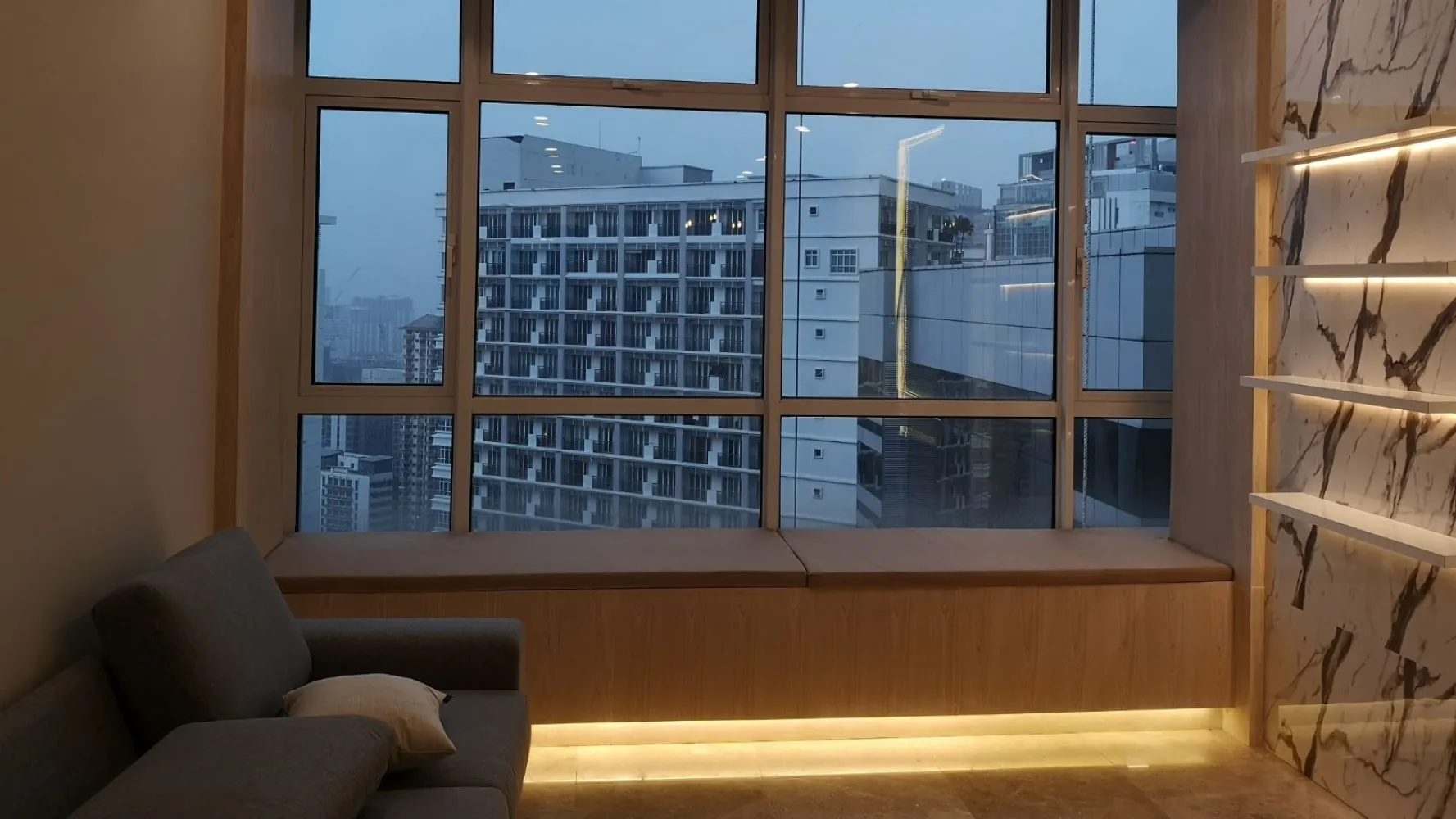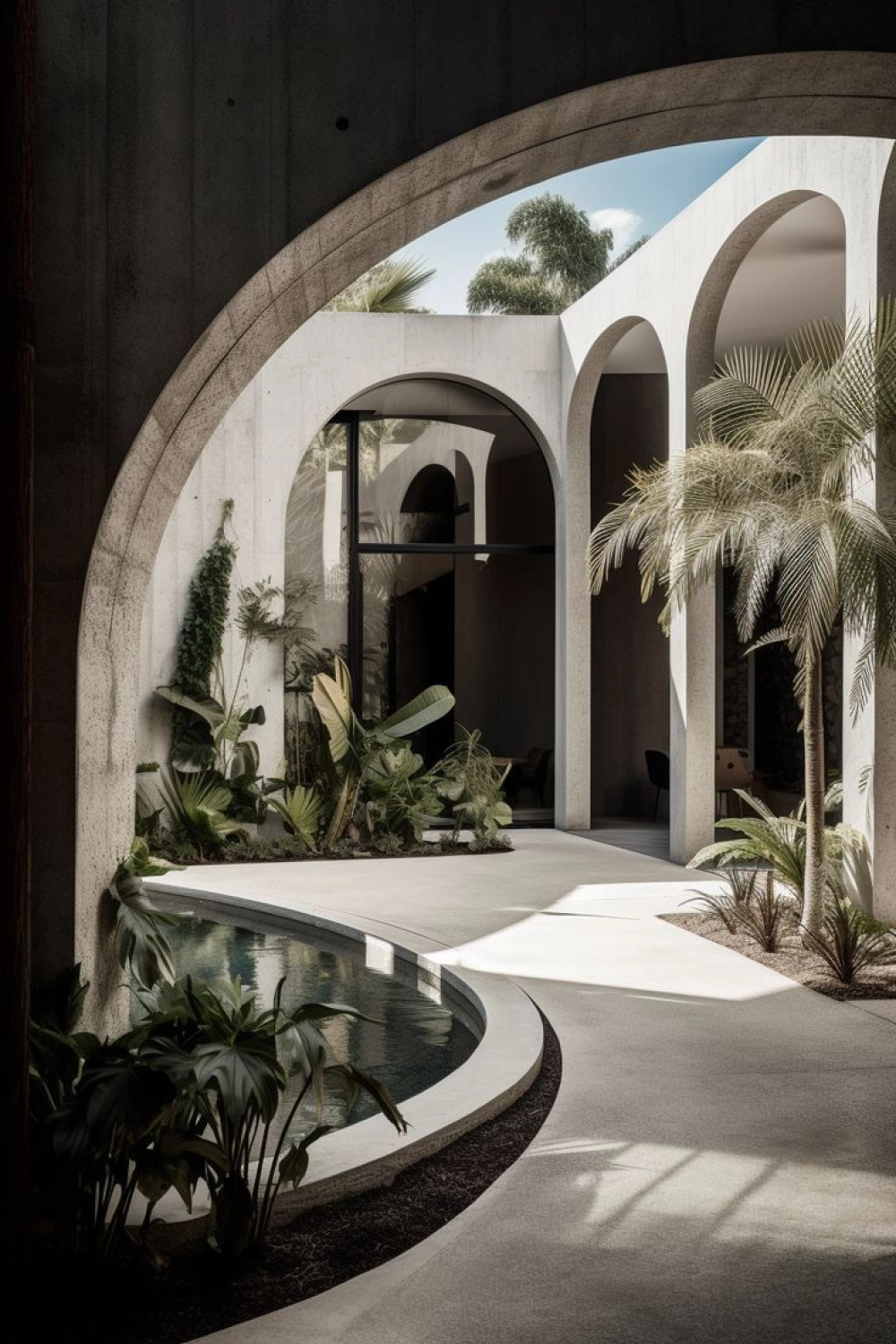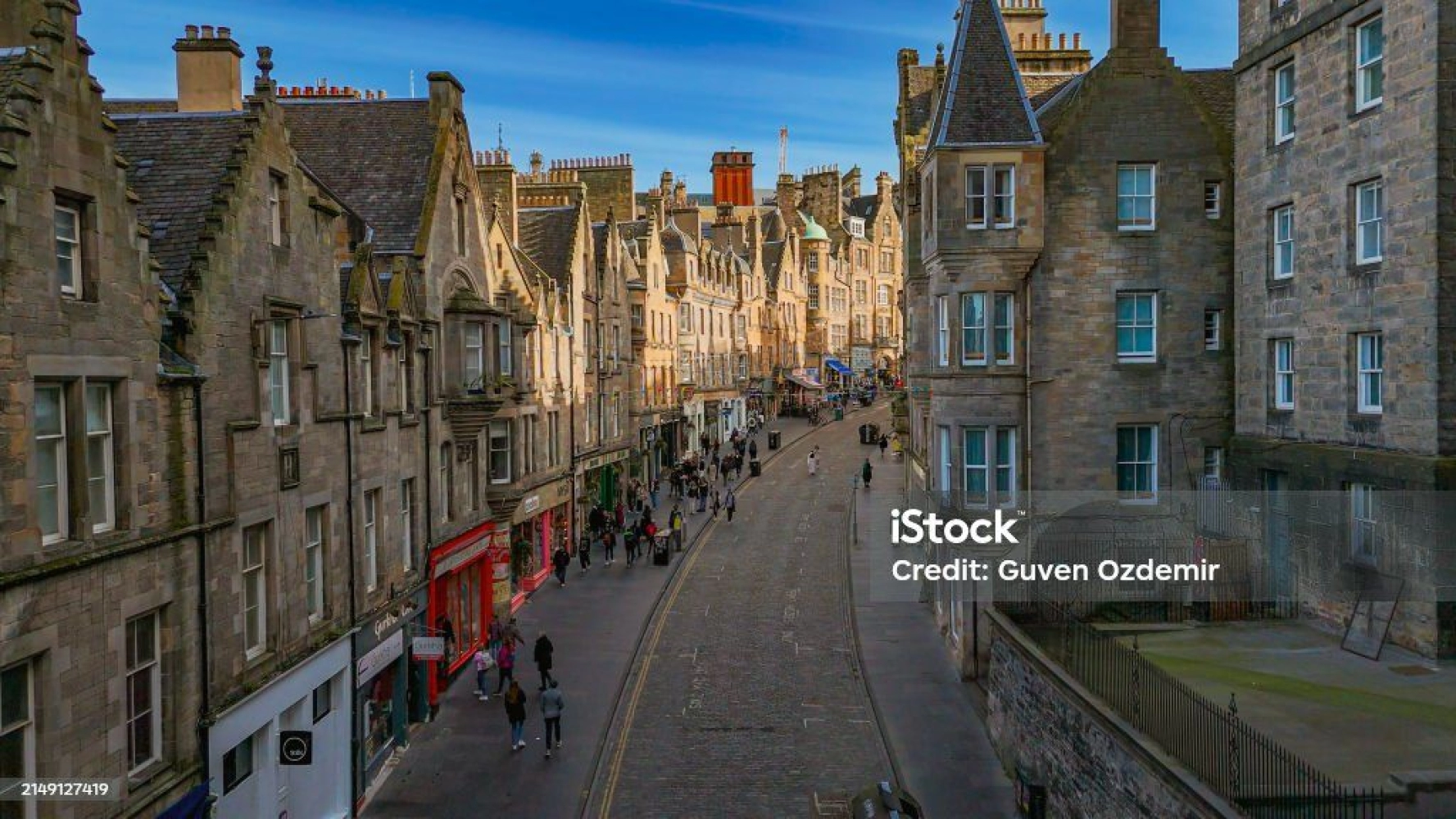Modern Medieval Architecture | Medieval-inspired design | Contemporary Medieval
Tradition Craftmanship
Modern medieval architecture is more than just an homage to the past; it's a celebration of tradition and craftsmanship. Drawing inspiration from the grand cathedrals, fortified castles, and picturesque villages of medieval Europe, contemporary architects reimagine the iconic elements of medieval design in fresh and innovative ways. From soaring vaulted ceilings and pointed arches to intricate stone carvings and timber-framed facades, modern interpretations pay homage to the architectural language of the Middle Ages while infusing it with a modern sensibility.Blending Old and New
At the heart of modern medieval architecture lies the harmonious integration of old and new. While traditional building techniques and materials are often employed to evoke the spirit of the past, modern innovations and technologies are seamlessly woven into the fabric of the design. Advanced structural systems, sustainable materials, and energy-efficient solutions ensure that modern medieval buildings not only look impressive but also function efficiently and responsibly in the contemporary world.Iconic Elements Reimagined
Key features of medieval architecture, such as towers, battlements, and courtyards, are reimagined in modern contexts, serving both aesthetic and functional purposes. Towers, once used for defense, now offer panoramic views of the surrounding landscape or house luxurious penthouse apartments. Battlements, once designed to repel invaders, now serve as ornamental elements that add texture and visual interest to facades. Courtyards, once bustling centers of activity, now provide peaceful retreats from the hustle and bustle of urban life.Contextual Sensitivity
While modern medieval architecture draws inspiration from historical precedents, it is not bound by rigid stylistic conventions. Instead, architects approach each project with a sensitivity to its cultural, historical, and environmental context, creating buildings that are rooted in their surroundings while embracing the spirit of the past. Whether nestled in the heart of a historic city or set against a backdrop of natural beauty, modern medieval buildings seek to enhance their surroundings and contribute to the rich tapestry of the built environment.
Cultural Continuity
Beyond mere aesthetics, modern medieval architecture often seeks to evoke a sense of cultural continuity and collective memory. By reconnecting people with their architectural heritage, these buildings serve as tangible links to the past, reminding us of our shared history and identity. Whether through the use of traditional materials, symbolic motifs, or evocative storytelling, modern medieval architecture fosters a sense of belonging and pride in the communities it serves.Looking to the Future
In conclusion, modern medieval architecture offers a compelling vision of the future rooted in the traditions of the past. By blending historical authenticity with contemporary innovation, architects create buildings that resonate with both the spirit of the Middle Ages and the aspirations of the modern world. As we continue to seek inspiration from the past and chart new territories in architecture and design, modern medieval buildings stand as testaments to the enduring power and relevance of our architectural heritage.
14 Apr 2024














